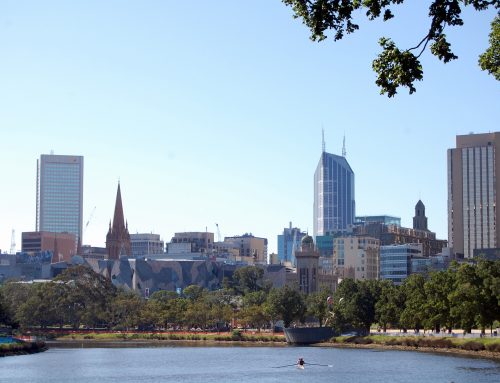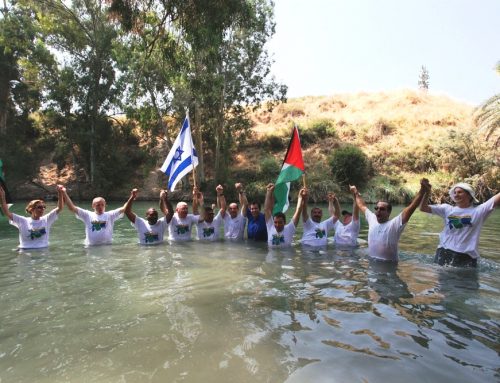How can learning and experimentation improve urban sustainability?
Urban Designed Experiments are projects that embed ecological research into urban design to study and shape buildings, landscapes, and the infrastructure of human settlements. Designed Experiments are a type of project rather than a specific project, and several have been conducted in the USA. They combine elements of adaptive management with landscape architecture and urban renewal to co-create new urban landscapes that are sustainable and human-friendly. The projects are adaptable, flexible and are based on connecting educational organizations, grassroots organizations, local Governments, and local Stakeholders.

From Felson et al 2013. Promoting Earth Stewardship through urban design experiments. Frontiers in Ecology and the Environment 11: 362–367. http://dx.doi.org/10.1890/130061
Prof. Alexander Felson (Yale) has been a leader of many urban design experiments. He conducts an entire project each year in conjunction with the annual meeting of the Ecological Society of America, with the aid of graduate student volunteers. In 2015 the project was The Baltimore Earth Stewardship Initiative which organized a demonstration project of how ecology can help solve societal problems. The project connected the Ecological Society of America and multiple agencies in Baltimore, and over 8 months they developed a project, connecting communities with ecologists, urban planners, designers, and students. The initiative proposed co-design and co-management of urban environments to promote social and ecological resilience and health for a sustainable and equitable future.
Designed experiments are scalable and connectable, but require a social environment that tolerates experimentation, and lack of trust and forces with strong vested interested in the status quo can block experimentation.
This seed encourages teamwork in a context that encourages experimentation and rapid prototyping. It also builds strong connections to local leaders who have the capacity to get things done.
Further information can be found in series of papers:
- Lesley Evans Ogden. 2013 Integrating Designed Experiments into Urban Planning. BioScience 63(11):845-851. http://dx.doi.org/10.1525/bio.2013.63.11.2
- Alexander J. Felson, Emily E., Oldfield and Mark A. Bradford. 2013. Involving Ecologists in Shaping Large-Scale Green Infrastructure Projects BioScience 63(11):882-890. 2013 doi: http://dx.doi.org/10.1525/bio.2013.63.11.7
- Alexander J. Felson, Mitchell Pavao-Zuckerman, Timothy Carter, Franco Montalto, Bill Shuster, Nikki Springer, Emilie K. Stander and Olyssa Starry. 2013. Mapping the Design Process for Urban Ecology Researchers. BioScience 63(11):854-865. doi: http://dx.doi.org/10.1525/bio.2013.63.11.4
- Alexander J Felson, Mark A Bradford, and Timothy M Terway 2013. Promoting Earth Stewardship through urban design experiments.Frontiers in Ecology and the Environment 11: 362–367. http://dx.doi.org/10.1890/130061



